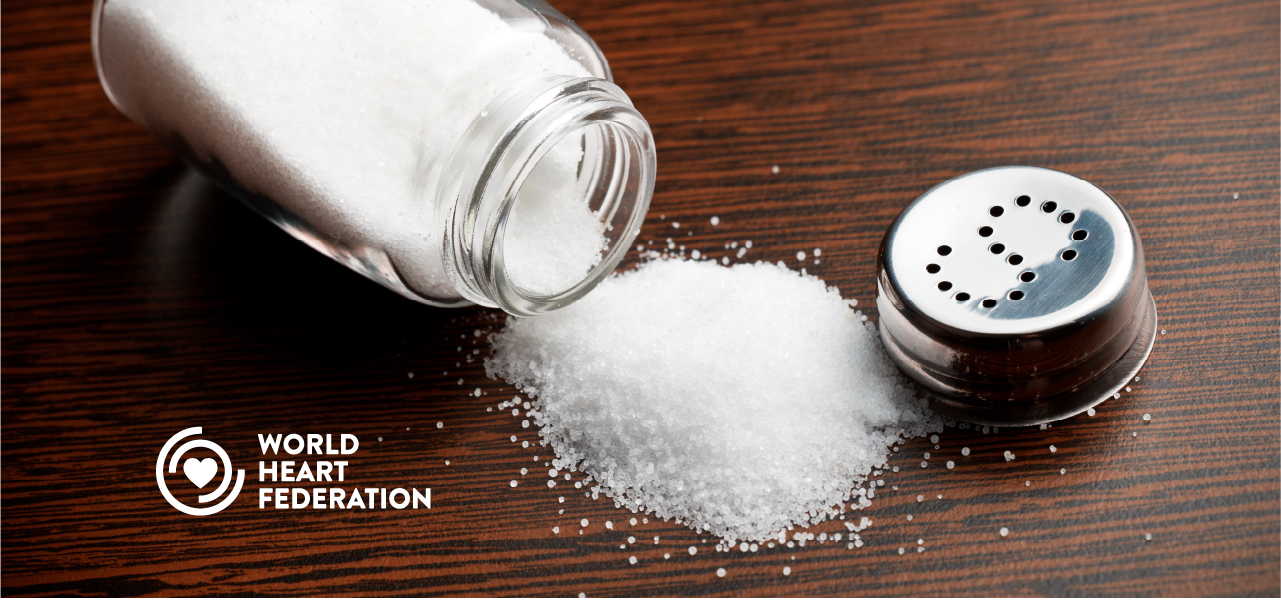29 May 2024

Bringing solutions to the table: Pass, skip or ‘sub’ the salt?
When it comes to proper nutrition, change shouldn’t happen just in the kitchen but in the factory and halls of policy too. Consumers must be able to easily find information about what they eat and drink.
We’ve all heard the expression “too much of a good thing is a bad thing” – could this be true about salt? Salt contains sodium chloride which helps the body maintain fluid balance, and healthy muscles and nerves but excessive sodium can also be harmful, especially to people trying to keep their blood pressure in a healthy range. Too much sodium intake causes hypertension (raised blood pressure), a leading risk for heart disease.
Historically, salt has been a prized commodity. Once traded for gold, used as an antiseptic, shrouded in biblical and even superstitious significance, no wonder we talk of a person as being “worth their salt.”
Today, we have salt in abundance right down to our plate. The sodium in salt causes fluid retention that leads to increased blood pressure. Foods that might not taste salty might still be high in sodium, to the detriment of those trying to take care of a cardiovascular condition.
Processed foods such as some breads and cheeses, cured meats and seafood as well as preserved fruits, legumes, and vegetables have among the highest concentration of salt. From food manufacturers, consumer groups, clinicians, policymakers, and industry leaders to individuals, families, and everyday consumers, we all have a stake in learning about a substance that was once so hard to come by, now ubiquitous.
Today, guidance is also abundant around salt intake and the healthiest ways to get it in the right amount. There are indications that most populations around the world are consuming much more sodium than the World Health Organization (WHO) recommendation for adults which is less than 2000 mg of sodium per day, equivalent to less than 5 g of salt per day.
Keeping salt in check
The festive calendar of many countries is filled with occasions to celebrate and to try new ways to prepare many goodies. Campaigns such as SeasonwithSense offer ideas and recipes including tarts and delicious biscotti.
One project in Latin America has been a first-of-a-kind study focused on options for substituting salt and evaluating impacts on blood pressure among communities, aiming for findings and insights that are potentially applicable in similar settings.
The WHF Policy Brief on Front-of-Pack Labelling (FOPL) aims to improve global standards on nutrition and highlights the importance of front-of-pack labelling so that consumers know what they are buying and can make informed, healthier choices. The growing availability of ultra-processed foods, which contain high levels of sugars, sodium, saturated fats, and refined carbohydrates, is detrimental to our health. There are different systems for labelling products and case studies of successful implementation, for example in Chile and France. Governments can refer to policy recommendations as a guide to selecting the FOPL system best suited to their population’s needs.
Staying active, not smoking, and avoiding harmful use of alcohol are also crucial to a healthy heart. With hypertension a major risk factor for cardiovascular disease, and affecting more than one billion people worldwide, going easy on the saltshaker is important for cardiovascular health. Adhering to treatment when hypertension is already diagnosed, staying on top of our numbers, and getting good medical advice remain important steps to keep our hearts in the best shape possible.
Being aware of potential salt overload in products and of suitable alternatives shouldn’t be an uphill battle. Want to dig in and learn more? Consult WHO’s Global report on sodium intake reduction, a first-time resource of its kind.
